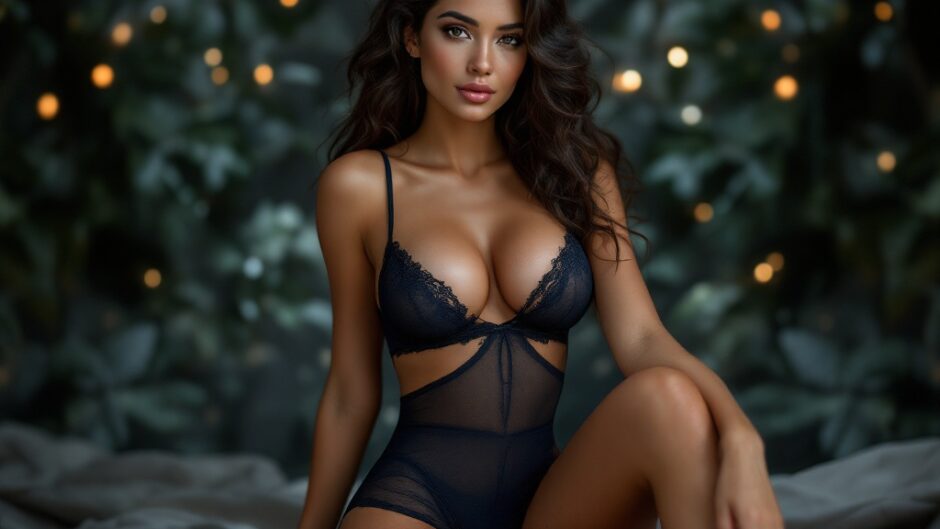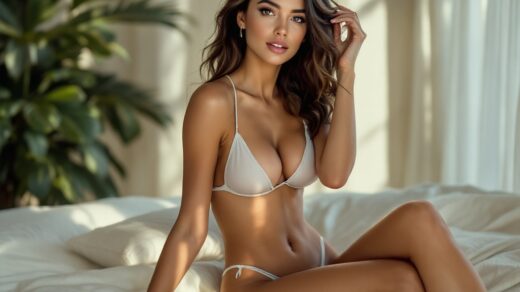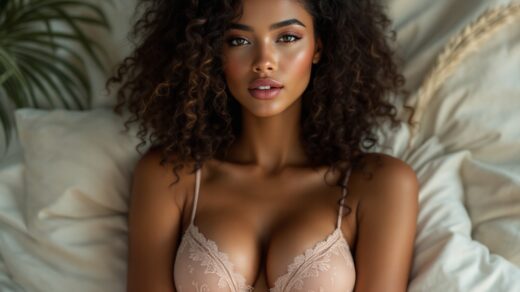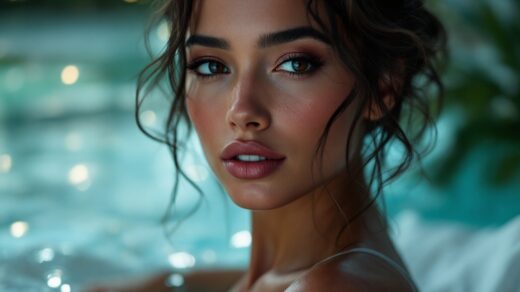The realm of visual art is constantly changing, yet certain techniques retain their timeless appeal. One such technique is the captivating imperfection found in vintage photography, with its distinct film grain and charming quirks. This article delves into capturing these nostalgic elements in AI-generated nude artworks. If you aim to engage an audience or enrich your creative portfolio, mastering film grain and retro effects will elevate your visuals to the stature of a masterpiece. In a time when AI visuals often prioritize hyper-realism, the allure of vintage styles introduces a depth and intrigue that captivates viewers.
By employing the right methods, even digital art can evoke the emotions and memories reminiscent of photography’s golden days. This guide will explore techniques and artistic strategies to help you infuse your creations with that coveted vintage aura. From using filters and tweaking lighting to experimenting with color schemes, there’s a multitude of ways to replicate the grainy texture beloved by film fans. Let’s embark on this artistic voyage into the past, as we uncover the secrets to perfecting film grain and vintage aesthetics in AI nude art.
Understanding Film Grain and Vintage Aesthetics
Film grain is more than a random texture; it is a deliberate artistic choice that enriches a piece’s aesthetic. It evokes nostalgia and warmth, adding distinct layers that reflect the artist’s intent. When applied to AI nudes, it can elevate digital images, giving them a classic touch that software alone often cannot replicate. Additionally, adding grain encourages viewers to connect more deeply with the artwork, prompting them to explore its story and emotional depth.
Different film types produce varying grain effects, each with the power to transform an ordinary image into something extraordinary. Understanding these nuances allows you to customize your approach, aligning it with the mood and emotions you aim to convey. Experimenting with these authentic techniques adds an organic texture to digital art, a crucial quality often absent in AI-generated imagery. By the end of this exploration, you’ll possess the knowledge necessary to seamlessly blend traditional and modern techniques, crafting a compelling style that stands apart.
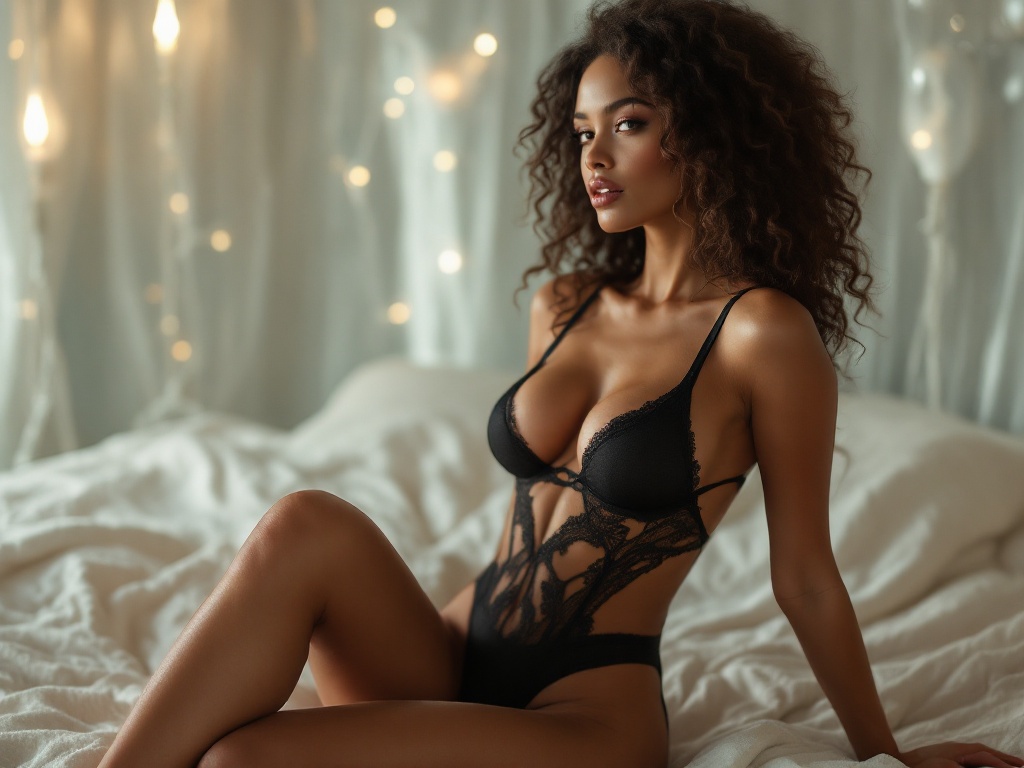
The Importance of Texture in AI Art
Texture plays a pivotal role in the world of AI art, adding depth, perspective, and overall intrigue. It’s a crucial component that breathes life into what might otherwise be a simplistic design. By incorporating film grain and other vintage effects, artists can create a tactile experience, transforming visuals into immersive stories.
Consider the advantages of integrating grain and vintage effects into AI nudes:
- Stirs Emotion: Grain brings warmth and nostalgia, stirring feelings in the audience.
- Bridges Reality: Simulated imperfections narrow the divide between the digital and the real world.
- Enhances Depth: Texture lends visual intrigue to flat images.
Techniques for Simulating Film Grain
To effectively replicate film grain in your AI nudes, various methods can be applied, each offering a unique pathway to achieve that retro aesthetic. Below are crucial techniques that can significantly enhance your artwork.
| Technique | Description |
|---|---|
| Utilizing Filters | Use filters or plugins in programs like Photoshop to easily add grain. |
| Custom Overlays | Design unique overlays to create a distinct film grain effect. |
| Level Adjustments | Modify brightness and contrast to achieve a vintage warmth. |
Each method requires a balance of precision and imagination. Experimentation is essential; don’t shy away from blending multiple approaches to discover the ideal harmony for your creative vision. Refining these techniques can lead to remarkable outcomes, where every element of grain dynamically coalesces to form a striking piece.
Vintage Color Palette Inspirations
In art, color greatly influences perception and atmosphere. When targeting a vintage appearance, selecting the right color palette can significantly boost the desired effect. Opting for classic color schemes can evoke nostalgia and perfectly complement grainy textures.
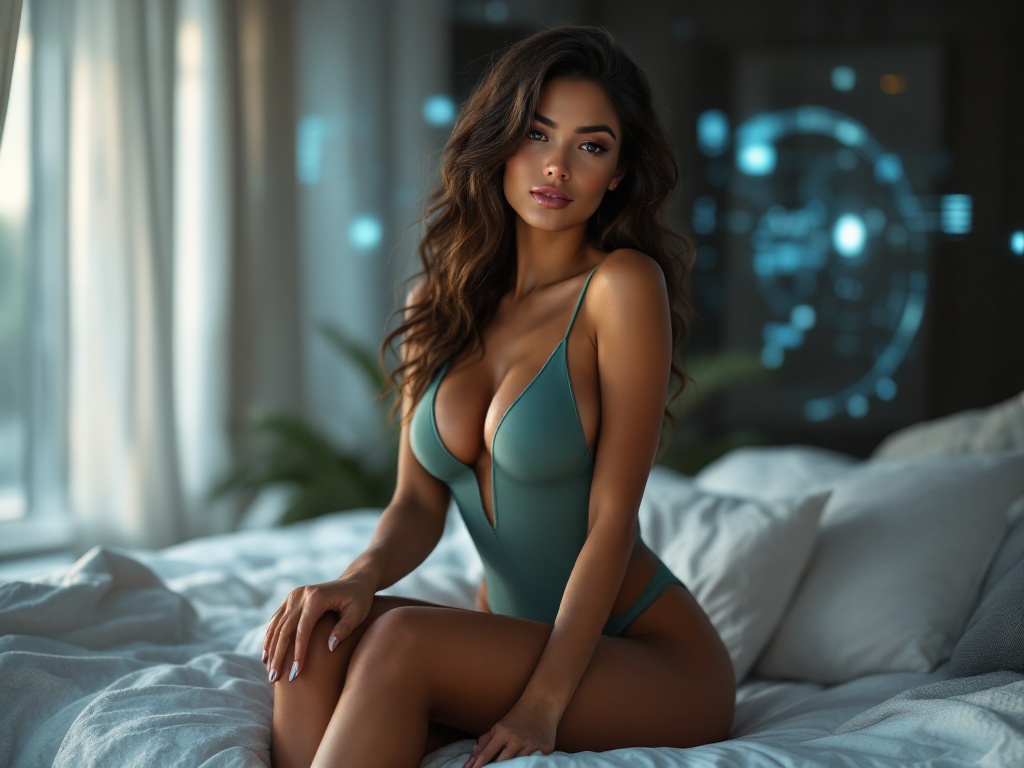
Here are some beautiful vintage color palettes to consider:
- Soft Pastels: Gentle hues that elicit warmth.
- Sepia Tones: Rich browns that provide a timeless, antique feel.
- Subdued Earth Tones: Colors inspired by nature, offering balance and harmony.
Combining these palettes with simulated grain produces a holistic aesthetic, deepening the artwork’s emotional resonance. When thoughtfully combined with textures and lighting, the ideal colors can invigorate your AI nudes, transporting viewers to another time.
Experimenting with Light and Shadow
The use of light and shadow in art can dramatically impact its visual influence. As vintage photographs often showcase soft, diffused lighting, incorporating similar techniques into AI nudes can produce effects that feel authentic and lifelike.
Shadows enhance texture by providing contrast with subtle highlights, while diffused lighting mimics the gentle imperfections of traditional photography. Here are some suggestions to improve lighting in your pieces:
- Employ Soft Light: Recreate the gentle glow seen in retro images.
- Layer Shadows: Add depth with varied shadow intensities.
- Emphasize Textures: Use direct lighting to highlight grain effects.
Conclusion
Incorporating film grain and vintage effects into AI nudes introduces richness and authenticity. By utilizing techniques such as filters, bespoke overlays, and intentional lighting, you can craft visuals that resonate deeply. The beauty of merging traditional aesthetics with modern AI capabilities fosters a distinct artistic voice that honors the past while embracing current methods. The fusion of grain, color, and texture not only enhances the viewer’s experience but also creates art that invites exploration and immersion.
FAQ
- What software is ideal for introducing film grain to AI nudes?
Adobe Photoshop, GIMP, and various photography editing mobile apps are popular choices. - Is it possible to craft my own film grain overlays?
Absolutely, you can design custom overlays using noise generation tools or by scanning actual film textures. - What are some vintage color palettes available?
Consider using palettes like soft pastels, sepia tones, or muted earth hues for a vintage effect. - How does lighting influence the vintage look?
Appropriate lighting can mimic the soft, diffused glow common in vintage photography, enhancing the entire aesthetic. - Are there free resources for film grain textures?
Yes, many websites provide free downloadable textures for your projects. Always verify licensing beforehand.
